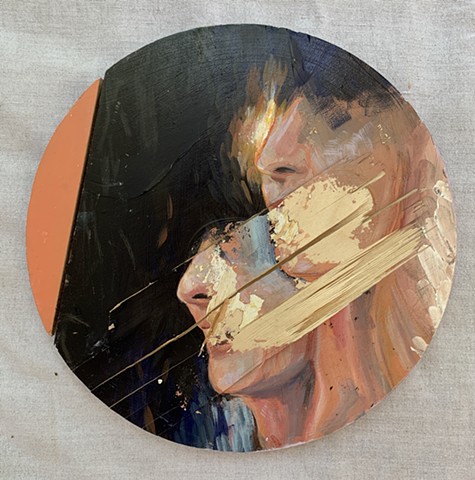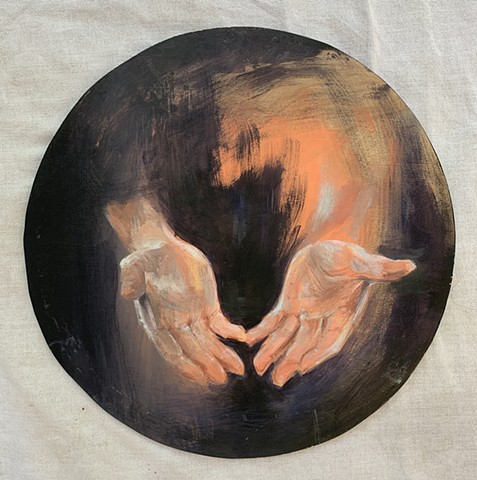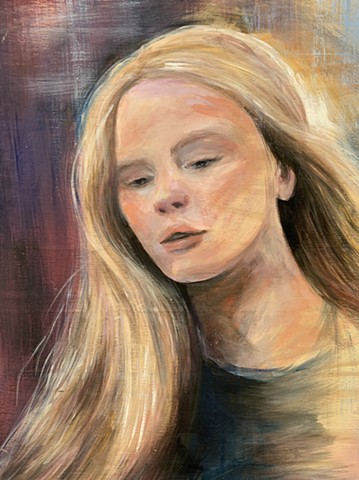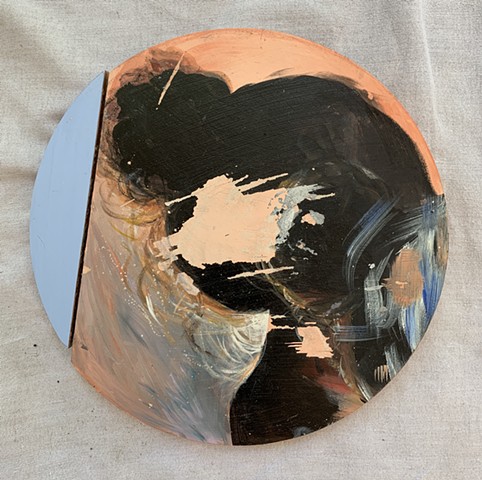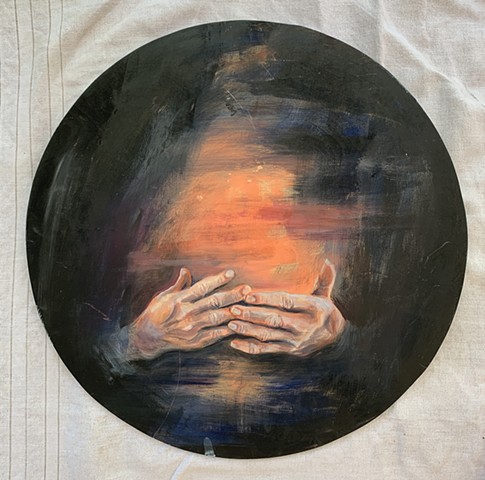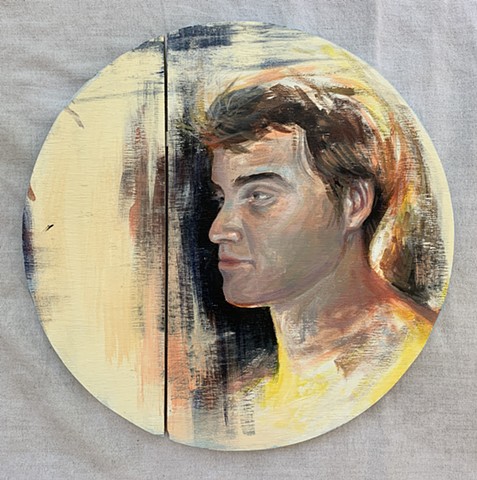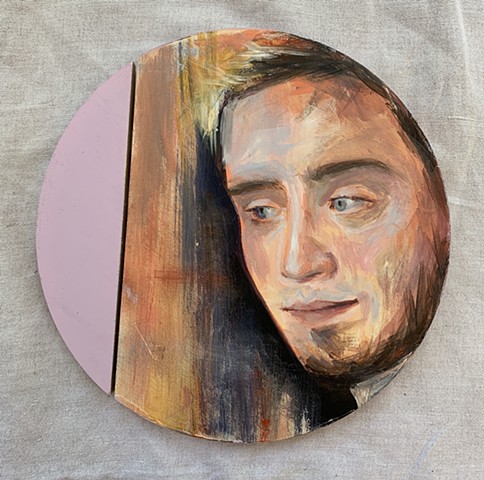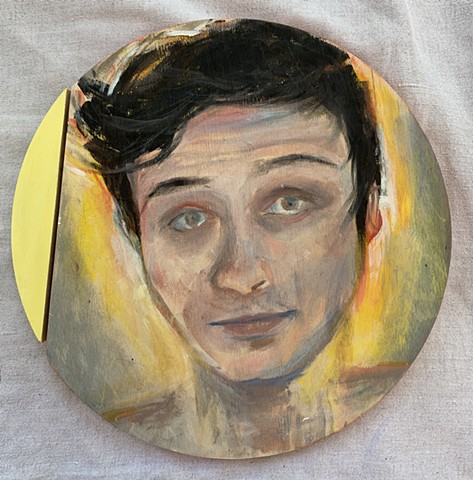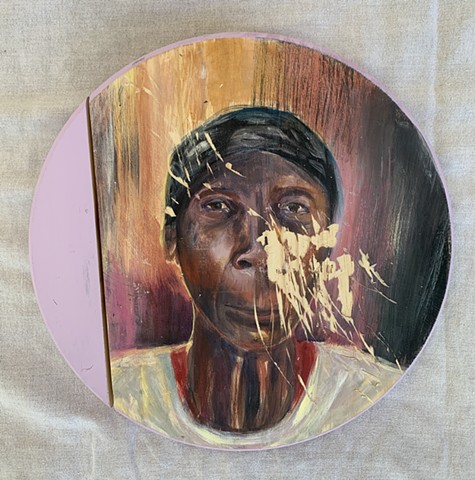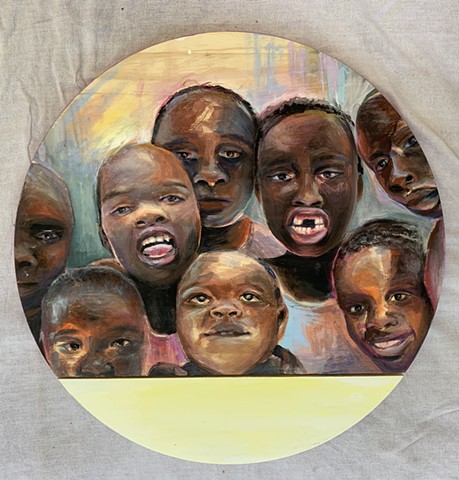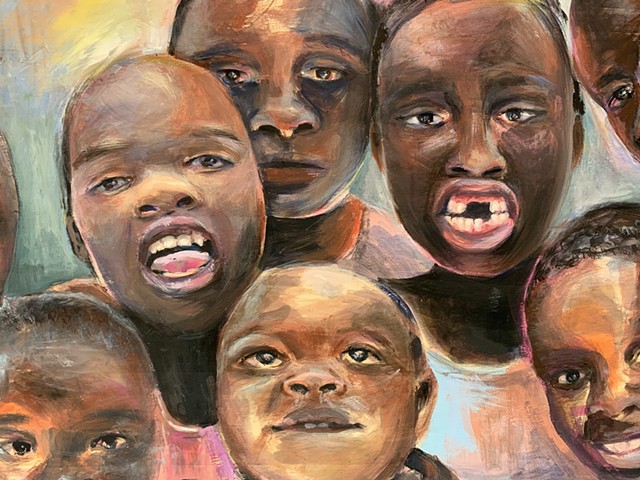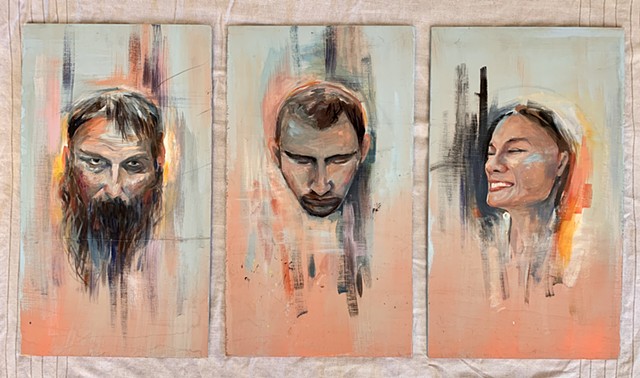Tori Fox
To Count It All Holy
To Count It All Holy is a theme that speaks to the reality of pain and despair while remaining in the light of the Holy Spirit. Throughout the Christian worldview, light can be seen as a metaphor for the almighty power of God, the protection of angels, or simply a joyful presence. The portraits use this form of light to offer a perspective on who a child of the Holy One is in the spiritual realm: surrounded by Light. The subjects chosen for each portrait offers glimpses of friends and family who have shown the artist such a light in difficult, dark times. Drawing inspiration from Michael Malm’s figurative paintings, the work boasts loose, bright strokes depicting a soft light behind each subject.
Using the human figure, my work explores the underlying themes of love and the pursuit of light while facing the darkness of fear and worldy expectations. The human form greatly inspires me as well as the choice of color and materials to evoke an idea or emotion. I try to combine all of these factors in order to aid my viewers in finding that cast of light.
Using circles as a forms to reflect the idea of “full circle endings,” the pieces signify a glorious work finally coming into completion as well as the realization that all suffering was of complete value. The circles are inspired by tellings of an old Jewish tradition: Rabbis of old would hear others speak of their life — whether it was a confession, a question, or an anger-fueled rant — and afterwards, they’d make a circle motion with their finger while saying “Kadosh, kadosh, kadosh,” the hebrew word for
“holy.” This is as if to say, “it’s all holy,” even the mistakes and grievances.
I have been fascinated with the sheer depth of emotion a work of art can carry. Much of my best work has come out of a state of being desperate for something more: to feel loved, to feel at peace, or to feel connected. My work is a way for me to connect and speak with the Divine rather than just to people. It is a form of worship and prayer and is a form of therapeutic process. Not only is art a practice of processing emotion for me, but more importantly I hope it leads the audience to the Sacred Presence in the midst of their own hardship as well.

